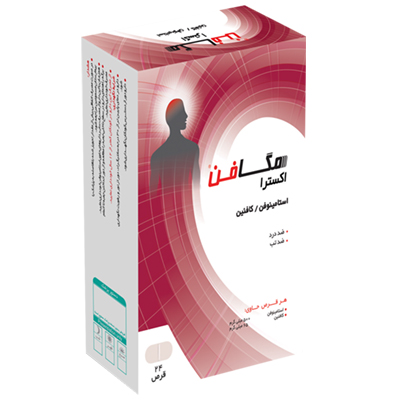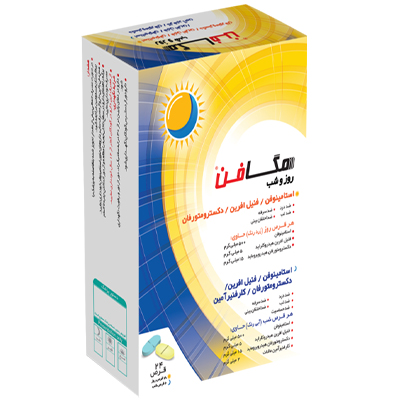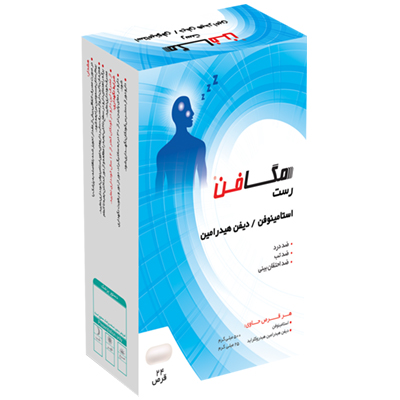Depression is a mental illness that affects people's mood and, according to statistics, affects more than 10% of the population at least once in their lives. This disease is considered a Mental disorder It is known to have varying degrees of severity, and its side effects include decreased energy, increased fatigue, decreased concentration, negative thoughts, and feelings of lethargy.
Diagnosing depression through symptoms
Feeling sad and depressed: People with depression often experience feelings of sadness and depression, loss of appetite, anxiety, fatigue, insomnia, decreased ability to concentrate and make decisions, changes in weight, etc. They feel worthless and hopeless and often look for reasons for what has caused them.
These symptoms may be gradual and insidious, gradually causing a decline in a person's work performance and social relationships. Symptoms of depression may not be the same for everyone and may vary depending on the age, gender, personality, and life circumstances of each person.
To diagnose depression, it is necessary for a doctor or psychologist to have sufficient experience in this field and to give the correct diagnosis based on the symptoms and conditions of the individual. Treatment for depression includes a set of measures that are carried out in collaboration between the doctor and the affected person. This set of measures includes the use of antidepressants, antipsychotics, including Quemind Psychotherapy includes participation in exercise programs and lifestyle changes.
It should be noted that treating depression requires patience and persistence, and it may take several weeks or even months for complete recovery to occur. In addition to treating the disease, maintaining a healthy lifestyle, eating healthy foods and varying your diet, exercising, and engaging in daily activities can accelerate recovery and improvement in depression symptoms.

Finally, it should be noted that depression is often treated with alternative methods. Psychotherapy and drug therapy It is treatable, and with medical and psychological counseling and other methods, the person with this disease can make a full recovery. Also, the person must accept himself as a patient and seek treatment, because if depression is not treated, the symptoms of the disease may become more severe and difficult to treat.
Some common symptoms include:
- Decreased energy and fatigue: People with depression may have low energy and feel constantly tired and sleepy. They may not even have enough energy to do everyday tasks.
- Changes in behavior and emotions: These people experience changes in their behavior and emotions. They may feel angry and withdrawn, and may lose interest in activities they used to enjoy and have fewer social interactions.
- Changes in sleep and eating: These people experience changes in their sleeping and eating patterns. They may be constantly sleepy or not enjoy eating.
- Suicidal thoughts: In some cases, people with depression may have suicidal thoughts. They may be tired of life and feel like no one cares.
- Physical changes: In some cases, people with depression may experience physical changes. These changes include weight gain or loss, physical aches, headaches, and other physical symptoms.
In other articles about Major depression and Schizophrenia We talked in detail.

Depression test with questionnaire
To diagnose depression, experts use several tests and tools. These tests are generally divided into two categories: question-based tests and performance tests. Here are some of the common tests used to diagnose depression:
Beck Depression Test
The Beck Depression Inventory (BDI) is one of the most well-known and widely used depression tests. It was developed by Aaron T. Beck in 1961 and is used to measure the severity of depression in adults.
The Beck Test includes tests that include symptoms of depression such as depressed mood, decreased energy, loss of appetite, insomnia, nervousness and anxiety, feelings of guilt, suicidality and hopelessness, negative interpretations of oneself and others, feelings of worthlessness, fatigue, and so on.
Each question has a double option and individuals must choose the option that best describes their condition. These questions are answered on a multiple-point scale (from 0 to 3), and the overall test score is between 0 and 63. The points assigned to each answer vary, and the severity of the individuals' depression is assessed based on the scores obtained.
Hamilton Depression Test
The Hamilton Depression Rating Scale (HDRS) is one of the most well-known and commonly used depression tests used to assess the severity of depression in individuals. It was developed by Max Hamilton in 1960 and has been used as a valid assessment tool in the field of depression ever since.
The Hamilton Depression Test includes questions that include symptoms of depression such as depressed mood, anxiety, decreased energy, drowsiness, decreased ability to concentrate, negative thoughts, decreased sexual activity, suicide, etc. Each question has one point and based on the scores obtained, the severity of the individual's depression is assessed. Answering these questions is done in the form of a multiple scale (from 0 to 2) and the total score of the test is between 0 and 52.
The questions on this test include questions such as “Do you feel like you will never get better?”, “Do you feel tired and lethargic?”, and “Does your sleepiness increase during the day?”

Zara Depression Test
The Zung Self-Rating Depression Scale (SDS) is a well-known test for assessing the severity of depression, developed by William Wesley Zung in 1965. This test consists of questions designed to measure the severity of depression in individuals using a questionnaire.
Zara's Depression Test includes questions that include symptoms of depression such as feelings of sadness, decreased energy, negative thoughts, insomnia, irritability, guilt, suicidal thoughts, etc. Each question has a multiple choice option and individuals must choose the option that best describes their condition. The points assigned to each answer are different, and based on the scores obtained, the severity of the individuals' depression is assessed.
For example, in this test, the answer “Yes, I have constant insomnia during the day” is worth 3 points and the answer “I usually sleep well” is worth 0 points. These questions are answered on a multiple-point scale (from 1 to 4), and the total score of the test is between 20 and 80.
Haworth Depression Test
One of these tests is the Horth Test (HADS), which is used as a tool to measure feelings of anxiety and depression.
The Horth test consists of questions divided into two parts, the first part is designed to measure anxiety and the second part is designed to measure depression. Each question in this test begins with a sentence and you must choose one of the three options "the greatest extent", "average" and "the least extent" in response to each question, which is the best description you know for your condition.
The Horth test is used in patients who require treatment for mental illness due to cardiovascular, vascular, and other diseases. However, in some cases, the Horth test alone may not be sufficient and other assessment tools may be needed for a more accurate diagnosis. It is also important to remember that it is very important to diagnose and treat depression by seeing a doctor and a psychiatrist.

Masd Depression Test
The MADRS is a psychometric instrument used to measure the severity of depression in a person. This test consists of 10 questions, each of which begins with a single sentence, and to answer each question, the person must choose one of the points from 0 to 6. In this test, to assess the severity of depression, there are questions related to various states of depression, including mood, feeling of indecisiveness, fatigue, drowsiness, appetite, agitation, sadness, anxiety and fear, suicidality, and feelings of irrational evaluation.
As a diagnostic tool, the MASD Depression Test should not be used alone to diagnose depression and should be evaluated by a doctor and a psychiatrist.
Zigmund Depression Test
The Zigmond Depression Scale (ZDS) is one of the most widely used tools for assessing the severity of depression in patients. It was developed by Herbert Zigmond and Robert Sneath in 1959 and was created to measure the severity of depression in individuals using a questionnaire.
This test consists of multiple-choice questions, and individuals must select the option that best describes their condition. The points awarded to each answer vary, and the severity of depression is assessed based on the scores obtained.
For example, in this questionnaire, the answer “Yes, I feel hopeless” is worth 2 points and the answer “No, I do not feel hopeless” is worth 0 points.
There are other tests to diagnose depression, but the most important point is that no test alone can definitively diagnose depression, and for a more accurate diagnosis, consult a psychologist.
Conclusion
Depression is usually diagnosed through observing psychological and physical symptoms and taking standard depression tests. Depression can include a wide range of symptoms, such as feelings of extreme sadness, lack of motivation, changes in sleep and appetite, decreased concentration, and even negative thoughts.
Depression tests, such as mental health assessment questionnaires, can help professionals gauge the severity and type of depression, but they are not a substitute for a thorough clinical evaluation by a doctor or psychologist. Ultimately, depression should be diagnosed and treated by a professional, and social support and referral to a therapist can play an important role in a person's recovery. If you feel you need help, talking to a professional can be a positive first step.





